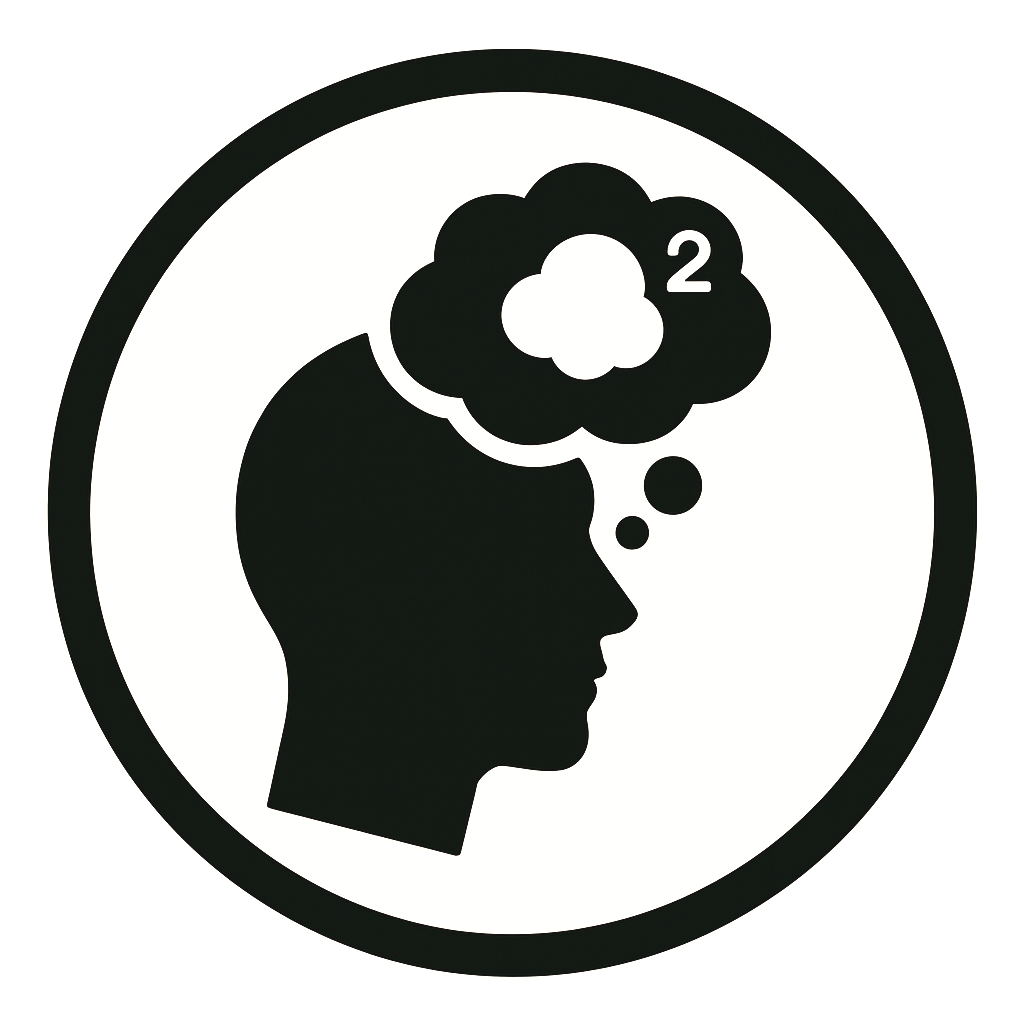
Doing what we know works in ways that …
… meet the moment.
Academic Integrity
We can ensure academic integrity not by insisting that AI work with teaching as we've always known it, but by devising new ways of teaching for a world with AI.
Example: We can shift from traditional reading to write to written to reading: Students use AI "deep research" mode to generate a paper. They then disassemble and reconstruct the paper as they read and discuss the resources that it cites and references. This process requires students to evaluate sources, synthesize information, and develop original insights. Ultimately, whether individually or collaboratively, students present a new iteration of the paper that reflects their additions, omissions and redirections, demonstrating authentic engagement with content and critical analysis skills.
Metacognition
We can develop students' critical thinking not by limiting ourselves to warning them against AI errors, but by establishing practices for evaluating the consistency and validity of both their own reasoning and AI-generated responses.
Example: We can move from narrow questioning of outputs to interrogating interactions: Students maintain ongoing reflection protocols where they regularly pause to ask "How is my thinking changing through this conversation?" and "What assumptions is the AI making that I should question?" They document and discuss moments when AI challenges their perspectives productively, when it reinforces biases they hold, and when its reasoning seems flawed or incomplete. Such awareness and intentionality provide a protective foundation to learner-machine interaction.
Project-Based Learning
We can enhance project-based learning not by limiting AI's role to research assistance, but by integrating it as a collaborative partner that enables students to tackle more complex, authentic challenges.
Example: We can move from projects about the world to projects with the world: Students identify a real community problem, then work with AI to model potential solutions, simulate outcomes, and engage with multiple stakeholder perspectives. AI serves as thinking partner, devil's advocate, and expert consultant as students iterate through design cycles. The result is deeper engagement with authentic complexity and more sophisticated problem-solving skills that prepare students for collaborative work in their future careers and civic engagement.
Oracy (literacy of speaking and listening)
We can strengthen students' interpersonal communication not by treating speaking and listening as subordinate to writing. Recognizing that in an AI-enhanced world, the human capacity for speech is ever more valuable. "Oracy"—an equal companion to literacy and numeracy—addresses the many contexts and types of speaking and listening; and thinking about both.
Example: We can move from writing to demonstrate thinking to speaking to compose thinking: Students develop a new rhetoric for the AI age where public speaking becomes the primary product, with writing serving as aide to oral composition. Learners practice composing their thoughts aloud through AI-guided conversations that help them structure arguments, explore counterpoints, and refine their voice. This oral composing process develops real-time critical thinking and communication skills.
Multimodality
We can expand students' communicative capabilities not by teaching discrete skills in isolation, but by helping them understand how different modes of expression—visual, audio, textual, oratorical, dramatic/gestural, etc.—work together to create meaning in our interlayered multimedia landscape.
Example: We can move from single and dual-mode assignments to integrated multimodal products: Students create projects where they write to enhance their speaking, game to deepen their reading, and listen/view to strengthen their writing. AI serves as both production assistant and design coach, helping students understand how different modes work together. Students learn to select, mix and remix modes, developing the multi-literacies needed to communicate effectively across diverse platforms and contexts in our multimedia world.
Assessment
We can create more meaningful assessment by developing ongoing, performative approaches that capture authentic learning as it unfolds over time in AI-enhanced environments.
Example: We can move from snapshots of knowledge to demonstrations of thinking-in-development: Students maintain portfolios of their evolving work, documenting not just final products but reasoning processes, revisions, and breakthroughs occurring during their learning. They regularly present and defend their thinking through discussions, peer reviews, presentations and exhibitions, showing how their understanding is deepening and changing. AI supports this performative assessment by helping students reflect on their growth patterns and identify areas for continued development, building lifelong learning skills.
The advancement of science and technology forces us to question the kind of education we need to perfect and elevate ourselves as human beings.
— Daisaku Ikeda, The Light of Learning





